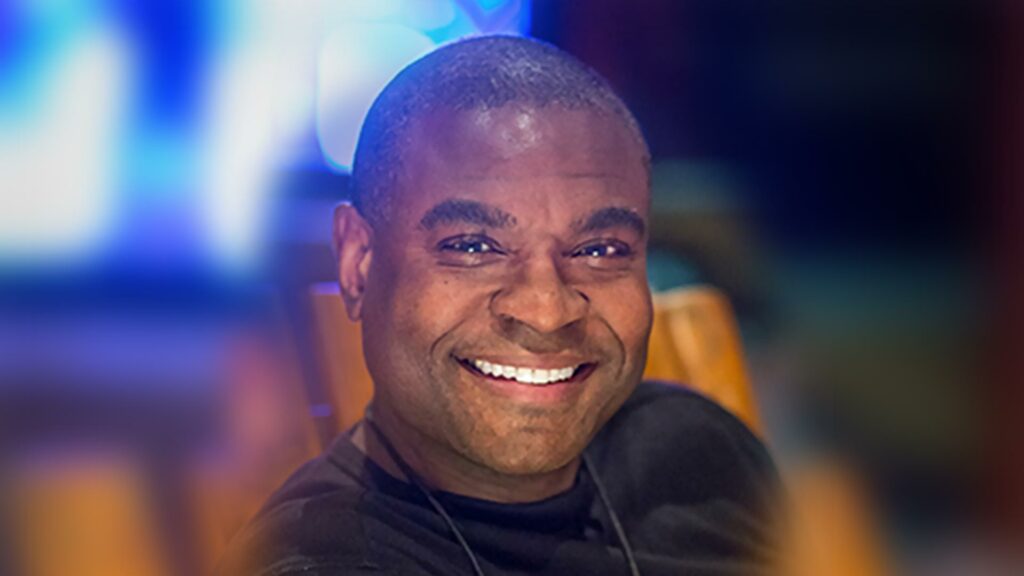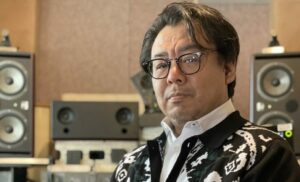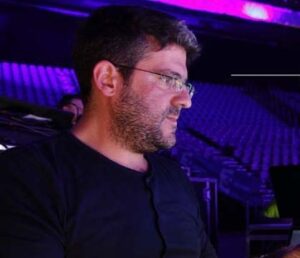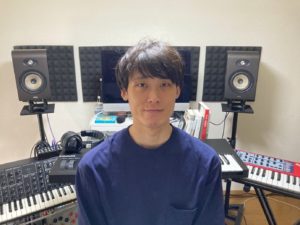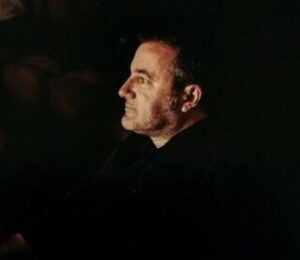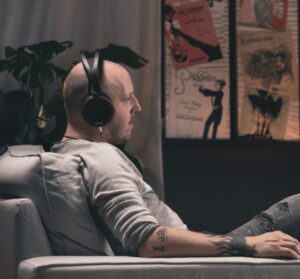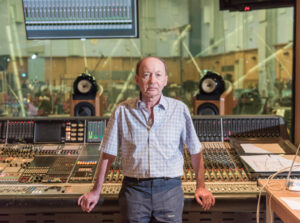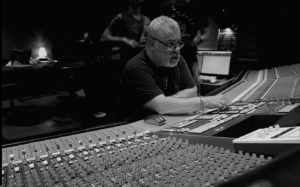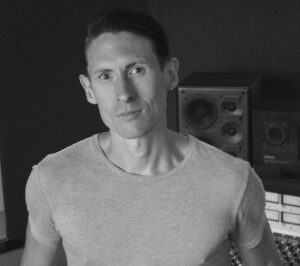Miguel has produced and captured live performances for ARTE, the Paris Opera, the Victoires du Jazz Awards, the TV show Taratata, the NRJ Music Awards and the Mawazine Festival.
Interview
Miguel, how would you define your profession?
I’m an audiovisual director. As a music lover, enthusiast and collector, I’m devoting myself more and more to recording concerts and making musical documentaries. Above all, I seek to convey what touches me in the interpretation, without my production interfering with or superimposing on the artist’s performance. For me, the images are there to highlight the artistic performance, not the director. Every time is still a thrill… Here, I think of this tribute to Al Jarreau produced in February 2018 with the great Didier Lockwood, who we lost 10 days later, the day before the broadcast: it was his last filmed performance. What he gave us on and off stage that evening will remain engraved in the hearts of the crew and the audience; a very great man!
What role does listening to music play in your life?
I can’t live without music, and I listen to it all the time. Afterwards, to prepare a recording of a classical concert, I often have to compare different versions of the same work. With Audirvāna, there are no more CDs to take out of the cases or the drawer: 2 clicks are all it takes to immediately hear the artistic differences in a more or less slow tempo, another presentation of the sound recording…
“What’s impressive is that every evolution of Audirvāna has always been clearly audible. And Audirvāna made me more demanding by focusing a lot more on the nuances and subtleties of the music than the modifications of the sound.”
How much attention do you pay to sound quality?
I’m not what you might call a true audiophile but rather an “audiophilised music lover”, because the result matters to me much more than the means used. That’s why I often stay attached to devices until I’ve done all my research… And then I move on to something else. (…) In analogue, the differences are easily quantifiable, whereas in digital, not only are the nuances tenuous but above all, you have to use words like naturalness, fluidity, musicality, etc. to let you define what you hear.
How long have you been using AudirvĀna? What did you think when you discovered it?
I got into dematerialised music in 2012 when I wanted to try the digital inputs of my Esoteric SA-50. But it was not a foregone conclusion because as a collector, owning the object was as important as having access to its content, whether vinyls, CDs, tapes or K7. However, I was stunned to discover that the tracks played with iTunes in USB input from my MacBook Pro brought a clearly audible extra serenity and fluidity. I then did my own investigations and tested Audirvāna, which at the time worked with iTunes as an interface. The sound was already much better, but it was when using it alone as a player that the audible progress was decisive. What’s impressive is that every evolution of Audirvāna has always been clearly audible. And Audirvāna made me more demanding by focusing a lot more on the nuances and subtleties of the music than the modifications of the sound. Plus, I also rediscovered CDs I’d neglected at the back of a row at the bottom right of my collection: I was once again interested in the last tracks of a CD that I no longer listened to due to lack of time, I compared different versions of the same work… It’s a true modern jukebox, practical and musically exceptional.
How do you rate listening from your computer with AudirvĀna compared with other equipment?
Discussions with the designer Damien Plisson helped me equip myself effectively and today, 8 years later, I use virtually the same principles I chose at the time. This configuration brings a fluidity and a musicality rarely heard on other much more prestigious configurations.
Do you talk to people about it?
I very quickly realised that many of my sound engineer colleagues were using Audirvāna to replay their master files, though they’d been produced with powerful sound design and editing software. When we know that this software is used daily to produce the recordings we listen to, it shows Audirvāna’s level of quality and its recognition in high-level professional circles. So it was easy for me to demonstrate it to rather sceptical professional friends, who’ve also abandoned other well-known software in favour of Audirvāna.
What are your passions outside of music?
I’m a cinephile, a lover of images and graphic design, I’m generally keen on everything creative… I’m also a fan of nature walks. And since we can’t change who we are, I often use my digital recorder and a pair of Schoeps microphones to capture ambient sounds that I like to listen to quietly at home… with Audirvāna, of course!

